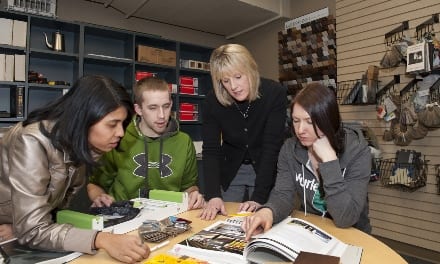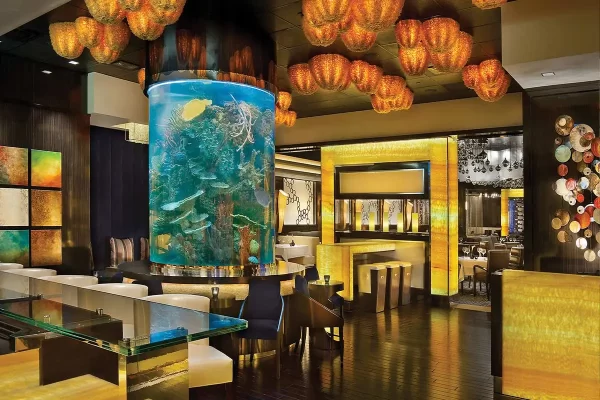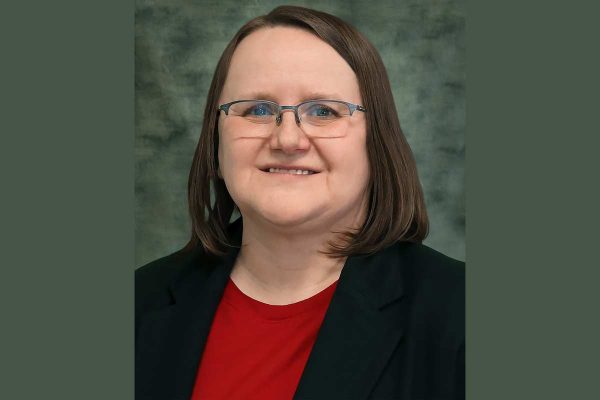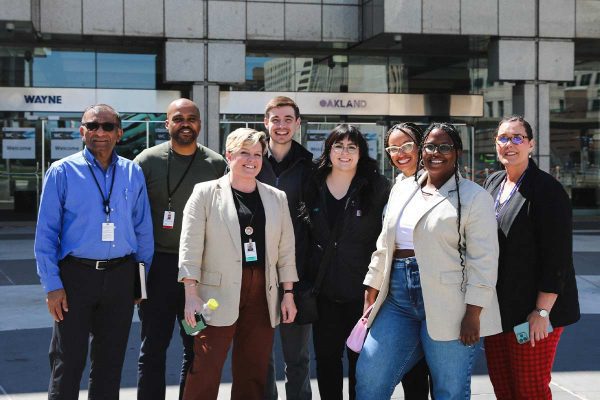Much is discussed about changes in technology, exhibit materials and sustainability, but not everyone knows about the significant changes in the exhibit design students who study these topics at Bemidji State University, home to a nationally recognized exhibit design program for undergraduates.

Upon entering an exhibit design class at the Minnesota-based university, there is noticeably a larger number of women present than when the exhibit design program started in 1992. From what Assistant Professor Sachel Josefson recalled, men previously dominated the program at 75 percent.
“We have a large group of about 175 students in our Art & Design program. Those students branch out from graphic design, multimedia, studio art and exhibit design, but all students will study exhibit design in some capacity. Currently, 64 percent of these students are female,” Josefson added. “But it’s also not abnormal to have even numbers of males and females.”
The changing landscape inside Bemidji’s exhibit design program contributed to an increase in women exhibit design graduates. In spring 2013, 18 of the 33 exhibit design graduates were women. Fall 2013, which usually sees fewer graduates due to students wanting to concentrate on their spring portfolios, saw eight female graduates out of 14.
Bemidji female students are also taking on leadership roles within the program’s club called The Design Guild, which previously saw several woman presidents.
“The majority of the students in the Design Guild are women. Danika Stelton was president of the Design Guild last semester. She graduated last fall and is now currently working at MG Design in Chicago. We want the best president, whether male or female. We also have both male and female advisors in the club, and it’s not uncommon for leadership roles to be 50/50,” said Josefson.

Prior to graduating, Stelton faced off against fellow Bemidji State University and Fashion Institute of Technology (FIT) students who all aimed to get their original booth design built and showcased as the Exhibit Designers and Producers Association (EDPA) booth at EuroShop in Germany. Winning the competition earned Stelton an all-expenses paid trip to see her creation come to life at the tradeshow.
Exhibit design students came together again at EXHIBITOR2014 in Las Vegas. Out of the 20 exhibit design students from Bemidji and the 10 from FIT, Josefson said he noticed that the majority were female.
“EXHIBITOR is not a male-dominated tradeshow,” he added. “I think we’re seeing a transition in the number of females entering the industry, but it’s not overwhelming. I attended plumbing and auto shows, and they’re still male dominated.”
In other tradeshow professions, Josefson said he noticed women achieving executive positions previously dominated by men.
“I do research on the tradeshow booth phenomenon. I often interview exhibit managers and event coordinators. The majority of those who come up to me are females. Fifty years ago, it would have been a male,” he added.
What’s going on in the tradeshow industry, and Bemidji, is actually a part of a larger trend taking place across the U.S. Women represent 58 percent of the undergraduates in U.S. colleges, with some campuses seeing 70 percent, according to WomenMovingMillions.org. Additionally, women achieved 60 percent of the bachelor’s degrees in the U.S., according to CNN. Most other sources offer comparable numbers.
Josefson theorized about the surge of women over men in Bemidji’s exhibit design program.
“Women are taking on jobs they didn’t necessarily have access to 75 years ago,” he explained. “Looking at the industry, what it meant to be a female 75, 50 and even 30 years ago is different than what it means in the 21st century. What it meant for my grandma was taking on the family role. She worked very little, and my grandpa took on the financial burden. In my family, my wife will be making more money as a doctor of nurse practitioner, and that’s not a big deal.”

The changes currently seen in the exhibit design program at Bemidji State University could also be influenced by the transitioning 1960s and ‘70s. Back then, women started becoming more career-oriented, choosing to be different from their mothers who may have focused on getting married early and having families, according to the National Bureau of Economic Research.
Despite this early transition in 1960, men still outnumbered women in college. This is the opposite of The Washington Post stating that current college students see three females to every two male students. As the years passed, women began outnumbering men in college for a variety of reasons. CNN cited men being less likely to take on college loans.
Whether male or female, Bemidji State University is providing opportunities for its exhibit design students. Its name recognition, support from EDPA and industry companies as well as being known as one of the best places to go when looking for exhibit designers have guaranteed many of its students job placements, according to Josefson.





























